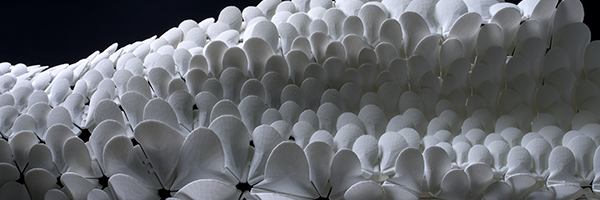


artist, designer, programmer, etc. Co-founder of Nervous System, a generative design studio that plays w/ code, science & digifab
http://n-e-r-v-o-u-s.com
This profile is from a federated server and may be incomplete. Browse more on the original instance.